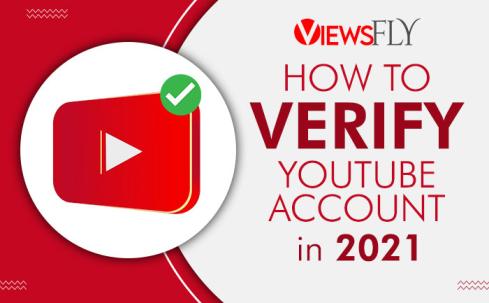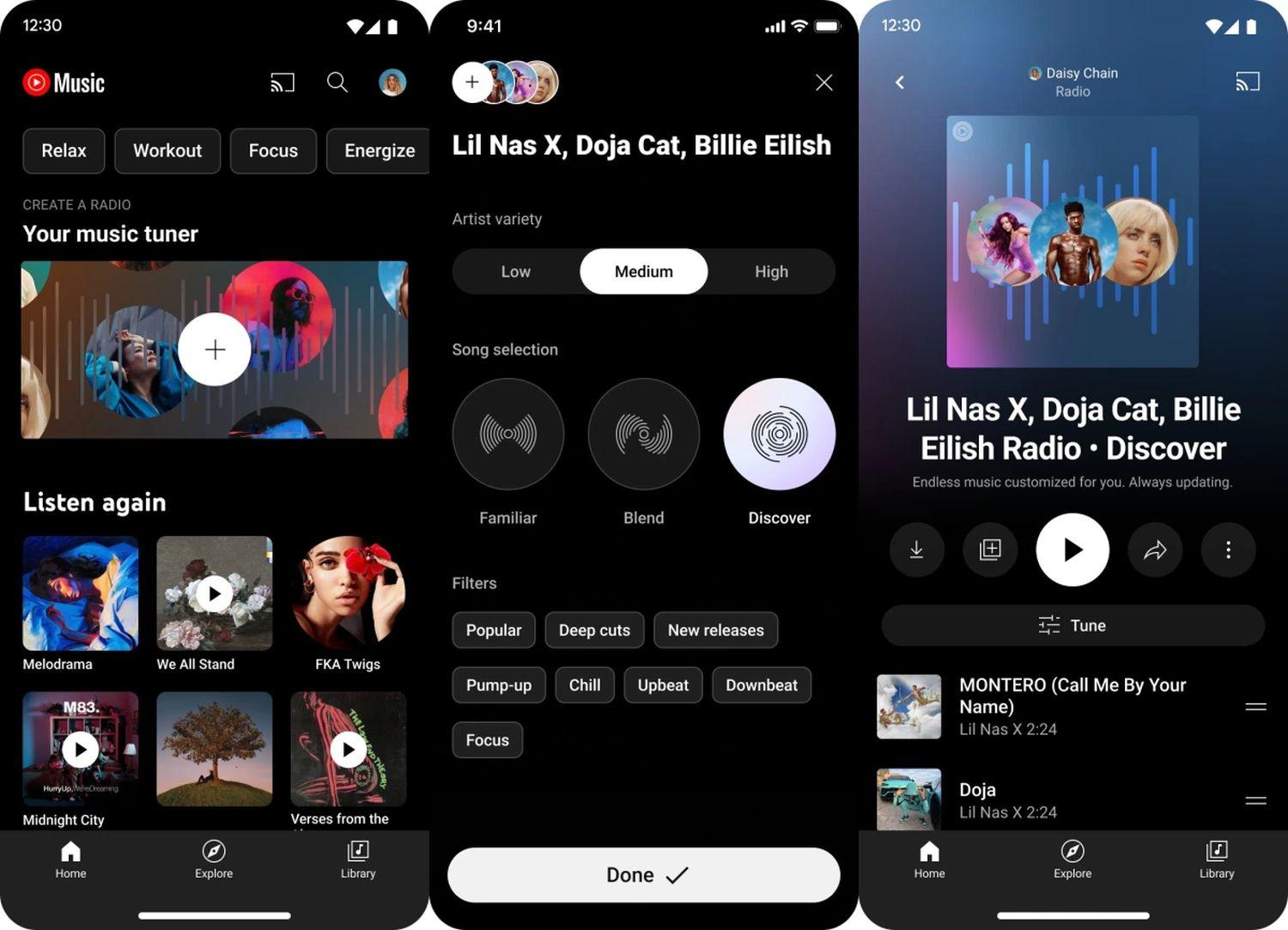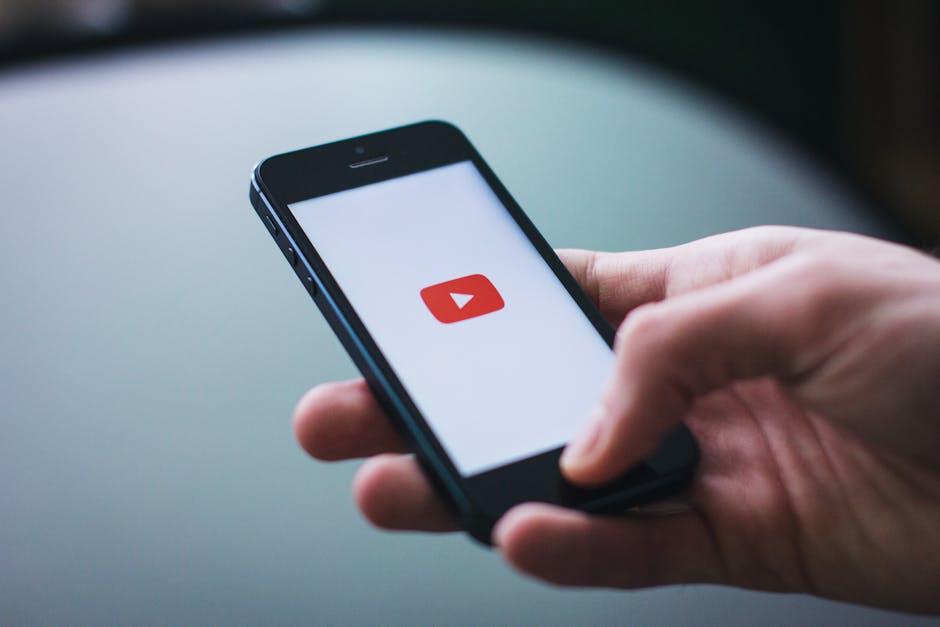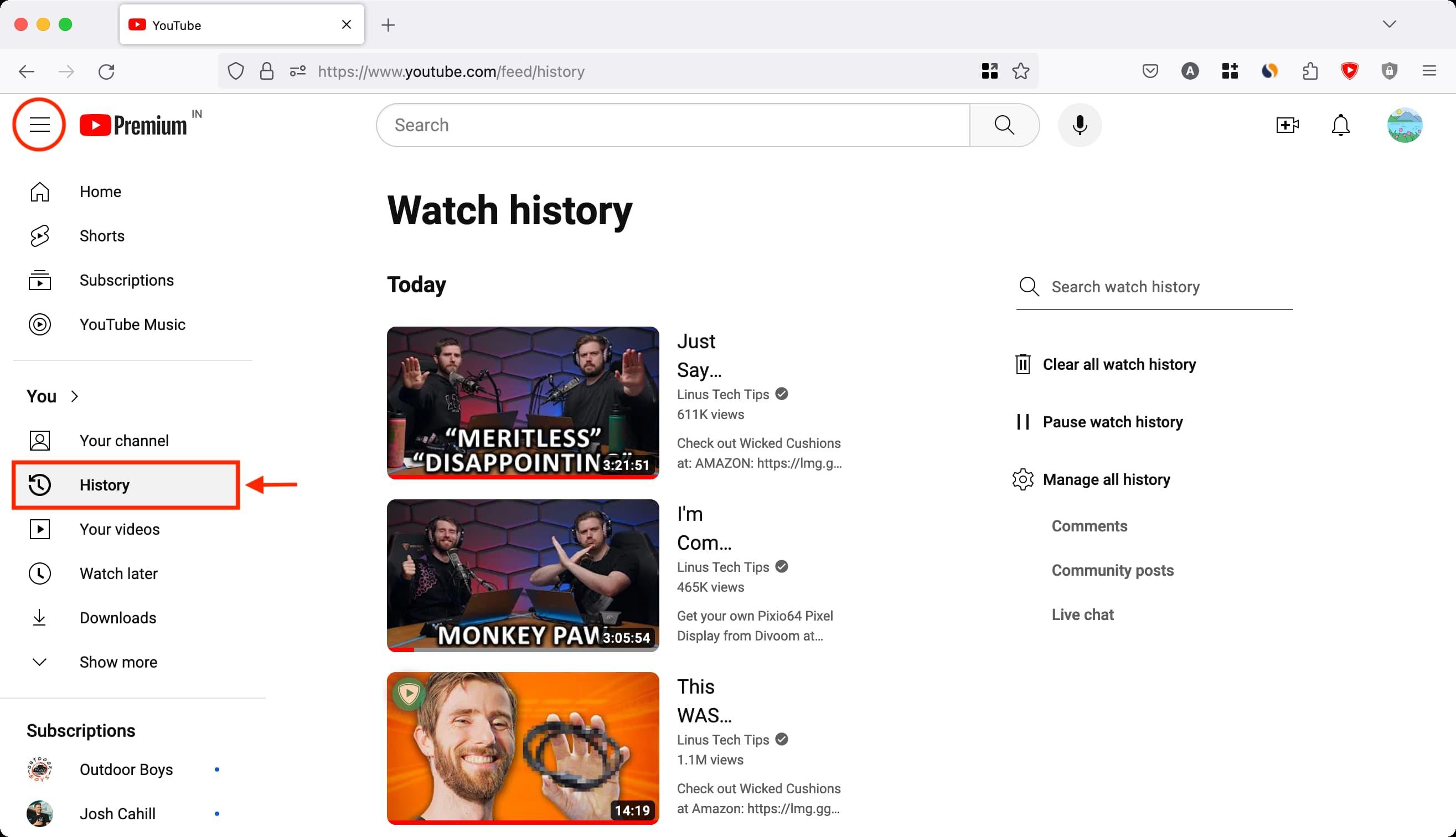Hey there, fellow parents! If you’ve ever found yourself wandering the vast expanse of YouTube, eyebrows raised, wondering how on earth anyone can see so many cat videos in one sitting, you’re definitely not alone. YouTube is like the wild west of the internet—full of treasures, but also some questionable content that can leave us gnawing on our worries. As our kids dive into this digital playground, it’s more important than ever to master the art of parental control. But don’t sweat it! We’re here to help you navigate this sometimes dizzying landscape with simple, effective steps that will let you feel like a rockstar parent while keeping your little explorers safe. So, grab a cup of coffee, kick back, and let’s unlock the secrets to making YouTube a fun—and secure—space for your family!
Tips for Setting Up YouTube Kids for a Safe Viewing Experience
When it comes to setting up YouTube Kids, the goal is to create a virtual playground that feels safe for your little ones. Start by creating a customized profile for your child, which allows you to handpick the content they can access based on their age. Don’t forget to dive into the parental settings—this is where you can toggle features that help filter out videos and channels that might not be suitable. You know how kids gravitate toward the flashy stuff? Well, you have the reins to ensure they stick to what’s age-appropriate!
Here’s a quick checklist for maximizing safety while your kiddos explore:
- Limit Screen Time: Set daily viewing limits to keep their usage in check.
- Review Viewing History: Regularly check what they’ve been watching to keep tabs on their content preferences.
- Use Block Features: If a video makes you cringe, don’t hesitate to block it, and even provide feedback to YouTube about why you did.
Establishing these boundaries not only safeguards their viewing experience but also encourages good digital habits. Think of it like setting up guardrails on a winding mountain road; they’ll help steer your child in the right direction as they navigate the vast world of online content!

Navigating Content Restrictions: How to Fine-Tune YouTube Settings
When it comes to ensuring your kids enjoy a safe viewing experience on YouTube, you’ll want to dive right into the nitty-gritty of the settings. Start by heading to the Settings gear icon in the top right corner of the YouTube page. From there, look for the Restricted Mode option. This nifty feature filters out potentially inappropriate content, but it’s not perfect. Think of it like a safety net—while it catches a lot, some things may still slip through. To turn it on, simply toggle the switch to the right. Remember, though: it’s like securing a garden fence; it keeps some unwanted guests out, but doesn’t guarantee a pest-free zone.
Next, you can also set up Supervised Experiences if your kids are under 13. This option lets you tailor their YouTube adventure more closely to their age and maturity level. To set this up, go into the Family Link app, where you can choose from different levels of content control based on your child’s needs. The beauty here is that you’re not just throwing your hands up in the air; rather, you’re actively engaging in the content they consume. Here’s a quick breakdown of the options you can manage:
| Experience Type | Age Recommendation |
|---|---|
| Explore | Younger than 9 |
| Explore More | 9 and older |
| Most of YouTube | 13 and older |
Exploring and fine-tuning these features equips you with the tools necessary to guide your children on their YouTube journey. With just a few clicks, you can help shape their online experiences and keep them within safe boundaries. After all, every click counts when it comes to digital parenting!

Engaging in Conversations: Building a Healthy Relationship Around Screen Time
Let’s face it: talking about screen time can feel like trying to navigate a maze—confusing and a little daunting. But open communication can break down those walls! Start by inviting your kids into the conversation. Ask them what they enjoy watching on YouTube and why. It’s like a treasure hunt for understanding their interests. When they feel heard, they’re way more likely to share their thoughts on what’s appropriate and what isn’t. You might be surprised at how insightful their answers can be. Try framing it as a teamwork adventure: “Hey, let’s figure out how to make the most out of YouTube together!” This collaborative approach helps set the stage for a healthy dialogue and fosters a sense of responsibility.
Boundaries are important, but they don’t have to be draconian. Discussing screen time isn’t just about setting limits; it’s also about creating a shared understanding of why those limits exist. Here are some key points to cover:
- The Importance of Balance: Explain the benefits of mixing online and offline activities.
- Content Awareness: Encourage them to think critically about what they’re watching.
- Time Tracking Together: Consider using tools or apps that monitor usage without feeling like a prison sentence.
Once you’ve laid the groundwork, you could create a simple table together to outline screen time rules that work for everyone. Something like this could be a fun starting point:
| Day | Screen Time Limit | Special Activity |
|---|---|---|
| Weekdays | 1 hour | Family game night |
| Weekends | 2 hours | Outdoor adventure |
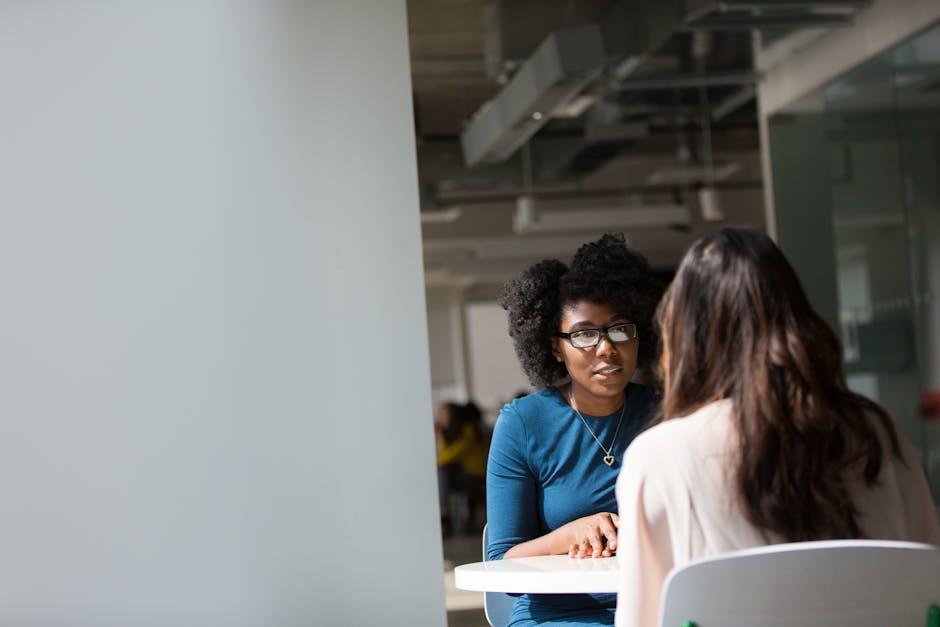
Empowering Teens: Teaching Digital Literacy and Responsible Viewing Decisions
In this age of technology, empowering teens with digital literacy is like giving them a map for an uncharted territory. It’s crucial for them to not just consume content, but to understand and evaluate what they’re watching. Think of it like teaching them to navigate a jungle—the more tools they have, the better they can avoid pitfalls. Encourage your teen to ask questions about the videos they watch. Here are a few helpful prompts:
- What is the purpose of this video?
- Who created it and why?
- Is the information presented factual or biased?
Moreover, striking a balance between freedom and oversight is key to fostering responsible viewing habits. Create a family viewing agreement that outlines how much time can be spent on platforms like YouTube. This agreement can include practical boundaries, such as designated screen time, types of content acceptable for viewing, and agreed-upon times when screens are set aside for family activities. Here’s a simple table to get started:
| Activity | Time Allowed | Content Type |
|---|---|---|
| Weeknight Viewing | 1 hour | Educational/Documentary |
| Weekend Viewing | 2 hours | Approved Entertainment |
This approach not only fosters digital literacy but also promotes meaningful discussions about their online activities, making tech a tool for growth rather than merely entertainment.
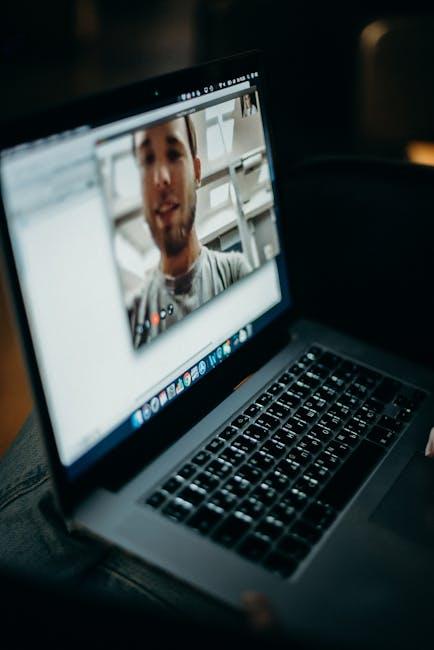
Concluding Remarks
And there you have it! Mastering YouTube for your kids doesn’t have to be a daunting task. With these easy steps, you can foster a safer and more enjoyable viewing experience while giving yourself some peace of mind as a parent. Think of it like being the captain of a ship: you’re navigating through the vast ocean of content, steering clear of stormy waters, and making sure your little sailors stay on course, all while allowing them to explore the beauty of the seas safely.
Remember, this isn’t just about restricting access—it’s about guiding your kids and helping them learn to make smart choices online. As they grow, they’ll appreciate the lessons you’ve taught them about responsible media consumption. Plus, who doesn’t love a good family movie night after ensuring that the content is age-appropriate?
So, roll up those sleeves, dive into those settings, and make YouTube a fun and safe adventure for your family. And don’t forget to keep the communication lines open—ask your kids about what they’re watching and share in their excitement. After all, in the digital age, it’s all about teamwork! Happy YouTubing!
